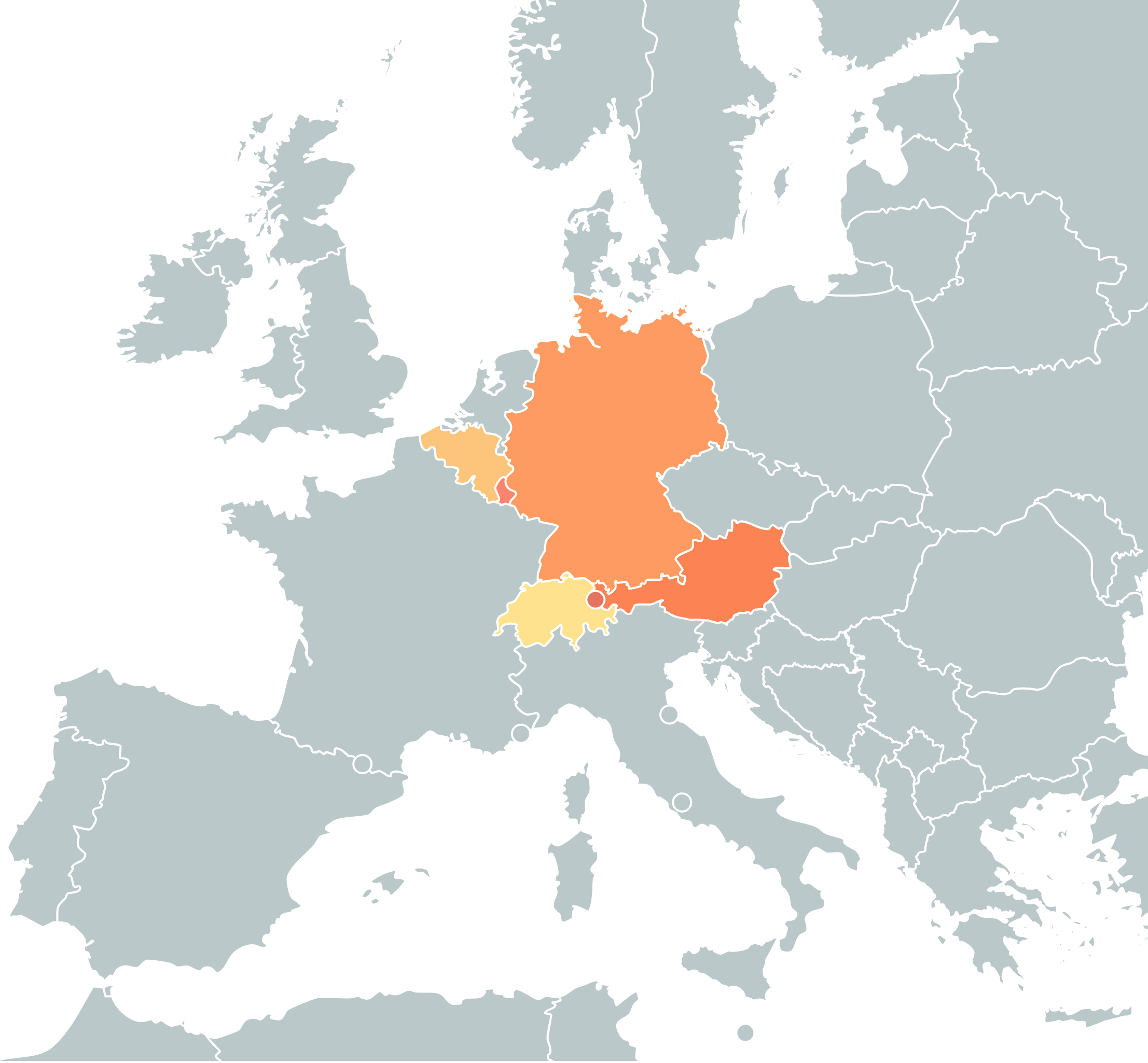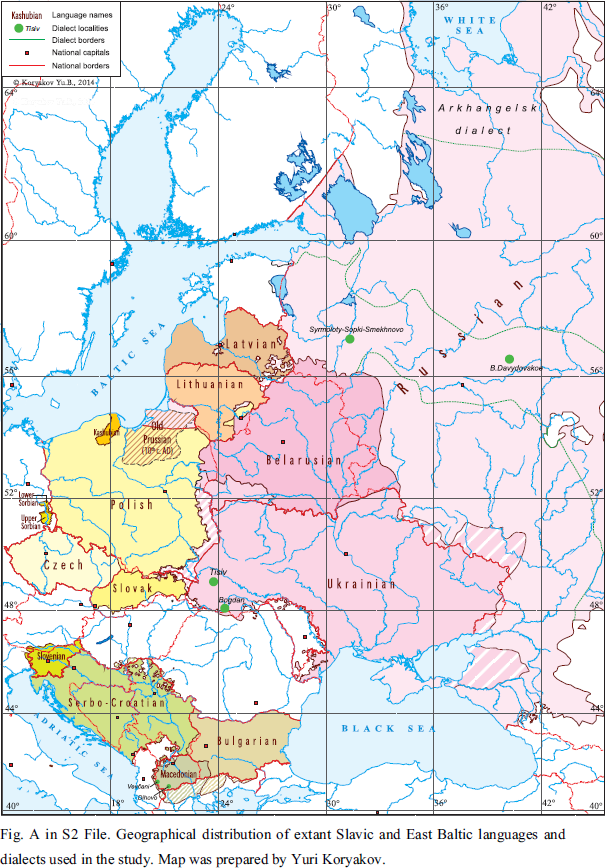|
Ludzas Apriņķis
Ludzas apriņķis was a subdivision of the Republic of Latvia and the Latvian SSR. Its administrative centre was Ludza. History Established in 1629 as one of the four subdivisions (starostwo) of the Inflanty Voivodeship ( pl, trakt lucyński). In 1772, after the First Partition of Poland it became one of uyezds of Polotsk Governorate (russian: Люцинский уезд, 1776—1796), later Belarusian Governorate (1796—1802) and Vitebsk Governorate (1802—1917) of the Russian Empire. On 31 December 1917 Lyutsinsky Uyezd, populated mostly by Latvians were transferred to Governorate of Livonia, becoming a part of the Latvian Soviet autonomy of Iskolat and a part of the Latvian Socialist Soviet Republic on 17 December 1918. After signing of the Latvian–Soviet Peace Treaty, Ludzas apriņķis was incorporated into the Republic of Latvia. In 1949, Ludzas apriņķis was transformed to the Ludza District (''Ludzas rajons'') of the Latvian SSR. Demographics At the time of the R ... [...More Info...] [...Related Items...] OR: [Wikipedia] [Google] [Baidu] |
Iskolat
The Iskolat (russian: Исколат, lv, Iskolats) was the Executive Committee of the Soviet of Workers, Soldiers, and the Landless in Latvia (Исполнительный комитет Совета рабочих, солдатских и безземельных депутатов Латвии) which was the governing body in the territory of Latvia that was under control of the Latvian Rifleman in 1917–18. History Iskolat was established in Riga on July 29–30, 1917, O.S. (August 11 – 12, 1917, N.S.), at the initiative of the Central Committee of the Latvian Social Democracy, then controlled by the Bolsheviks with the purpose of carrying out the October Revolution within the territory of Latvia not occupied by Germany. When Germans occupied Riga, Iskolat moved to Cēsis and later to Valka, where it took power over the Valka district, disbanding the organs established by the Russian Provisional Government. On December 17, 1917 the Congress of Soviets of Latvia convene ... [...More Info...] [...Related Items...] OR: [Wikipedia] [Google] [Baidu] |
Lithuanian Language
Lithuanian ( ) is an Eastern Baltic language belonging to the Baltic branch of the Indo-European language family. It is the official language of Lithuania and one of the official languages of the European Union. There are about 2.8 million native Lithuanian speakers in Lithuania and about 200,000 speakers elsewhere. Lithuanian is closely related to the neighbouring Latvian language. It is written in a Latin script. It is said to be the most conservative of the existing Indo-European languages, retaining features of the Proto-Indo-European language that had disappeared through development from other descendant languages. History Among Indo-European languages, Lithuanian is conservative in some aspects of its grammar and phonology, retaining archaic features otherwise found only in ancient languages such as Sanskrit (particularly its early form, Vedic Sanskrit) or Ancient Greek. For this reason, it is an important source for the reconstruction of the Proto-Indo-Euro ... [...More Info...] [...Related Items...] OR: [Wikipedia] [Google] [Baidu] |
German Language
German ( ) is a West Germanic languages, West Germanic language mainly spoken in Central Europe. It is the most widely spoken and Official language, official or co-official language in Germany, Austria, Switzerland, Liechtenstein, and the Italy, Italian province of South Tyrol. It is also a co-official language of Luxembourg and German-speaking Community of Belgium, Belgium, as well as a national language in Namibia. Outside Germany, it is also spoken by German communities in France (Bas-Rhin), Czech Republic (North Bohemia), Poland (Upper Silesia), Slovakia (Bratislava Region), and Hungary (Sopron). German is most similar to other languages within the West Germanic language branch, including Afrikaans, Dutch language, Dutch, English language, English, the Frisian languages, Low German, Luxembourgish, Scots language, Scots, and Yiddish. It also contains close similarities in vocabulary to some languages in the North Germanic languages, North Germanic group, such as Danish lan ... [...More Info...] [...Related Items...] OR: [Wikipedia] [Google] [Baidu] |
Estonian Language
Estonian ( ) is a Finnic language, written in the Latin script. It is the official language of Estonia and one of the official languages of the European Union, spoken natively by about 1.1 million people; 922,000 people in Estonia and 160,000 outside Estonia. Classification Estonian belongs to the Finnic branch of the Uralic language family. The Finnic languages also include Finnish and a few minority languages spoken around the Baltic Sea and in northwestern Russia. Estonian is subclassified as a Southern Finnic language and it is the second-most-spoken language among all the Finnic languages. Alongside Finnish, Hungarian and Maltese, Estonian is one of the four official languages of the European Union that are not of an Indo-European origin. From the typological point of view, Estonian is a predominantly agglutinative language. The loss of word-final sounds is extensive, and this has made its inflectional morphology markedly more fusional, especially with respect to no ... [...More Info...] [...Related Items...] OR: [Wikipedia] [Google] [Baidu] |
Polish Language
Polish (Polish: ''język polski'', , ''polszczyzna'' or simply ''polski'', ) is a West Slavic language of the Lechitic group written in the Latin script. It is spoken primarily in Poland and serves as the native language of the Poles. In addition to being the official language of Poland, it is also used by the Polish diaspora. There are over 50 million Polish speakers around the world. It ranks as the sixth most-spoken among languages of the European Union. Polish is subdivided into regional dialects and maintains strict T–V distinction pronouns, honorifics, and various forms of formalities when addressing individuals. The traditional 32-letter Polish alphabet has nine additions (''ą'', ''ć'', ''ę'', ''ł'', ''ń'', ''ó'', ''ś'', ''ź'', ''ż'') to the letters of the basic 26-letter Latin alphabet, while removing three (x, q, v). Those three letters are at times included in an extended 35-letter alphabet, although they are not used in native words. The traditional ... [...More Info...] [...Related Items...] OR: [Wikipedia] [Google] [Baidu] |
Yiddish
Yiddish (, or , ''yidish'' or ''idish'', , ; , ''Yidish-Taytsh'', ) is a West Germanic language historically spoken by Ashkenazi Jews. It originated during the 9th century in Central Europe, providing the nascent Ashkenazi community with a vernacular based on High German fused with many elements taken from Hebrew (notably Mishnaic) and to some extent Aramaic. Most varieties of Yiddish include elements of Slavic languages and the vocabulary contains traces of Romance languages.Aram Yardumian"A Tale of Two Hypotheses: Genetics and the Ethnogenesis of Ashkenazi Jewry".University of Pennsylvania. 2013. Yiddish is primarily written in the Hebrew alphabet. Prior to World War II, its worldwide peak was 11 million, with the number of speakers in the United States and Canada then totaling 150,000. Eighty-five percent of the approximately six million Jews who were murdered in the Holocaust were Yiddish speakers,Solomon Birnbaum, ''Grammatik der jiddischen Sprache'' (4., erg. Aufl., Hambu ... [...More Info...] [...Related Items...] OR: [Wikipedia] [Google] [Baidu] |
Russian Language
Russian (russian: русский язык, russkij jazyk, link=no, ) is an East Slavic languages, East Slavic language mainly spoken in Russia. It is the First language, native language of the Russians, and belongs to the Indo-European languages, Indo-European language family. It is one of four living East Slavic languages, and is also a part of the larger Balto-Slavic languages. Besides Russia itself, Russian is an official language in Belarus, Kazakhstan, and Kyrgyzstan, and is used widely as a lingua franca throughout Ukraine, the Caucasus, Central Asia, and to some extent in the Baltic states. It was the De facto#National languages, ''de facto'' language of the former Soviet Union,1977 Soviet Constitution, Constitution and Fundamental Law of the Union of Soviet Socialist Republics, 1977: Section II, Chapter 6, Article 36 and continues to be used in public life with varying proficiency in all of the post-Soviet states. Russian has over 258 million total speakers worldwide. ... [...More Info...] [...Related Items...] OR: [Wikipedia] [Google] [Baidu] |
Belarusian Language
Belarusian ( be, беларуская мова, biełaruskaja mova, link=no, ) is an East Slavic language. It is the native language of many Belarusians and one of the two official state languages in Belarus. Additionally, it is spoken in some parts of Russia, Lithuania, Latvia, Poland, and Ukraine by Belarusian minorities in those countries. Before Belarus gained independence in 1991, the language was only known in English as ''Byelorussian'' or ''Belorussian'', the compound term retaining the English-language name for the Russian language in its second part, or alternatively as ''White Russian''. Following independence, it became known as ''Belarusan'' and since 1995 as ''Belarusian'' in English. As one of the East Slavic languages, Belarusian shares many grammatical and lexical features with other members of the group. To some extent, Russian, Rusyn, Ukrainian, and Belarusian retain a degree of mutual intelligibility. Its predecessor stage is known in Western academia as R ... [...More Info...] [...Related Items...] OR: [Wikipedia] [Google] [Baidu] |
Latvian Language
Latvian ( ), also known as Lettish, is an Eastern Baltic language belonging to the Baltic branch of the Indo-European language family, spoken in the Baltic region. It is the language of Latvians and the official language of Latvia as well as one of the official languages of the European Union. There are about 1.3 million native Latvian speakers in Latvia and 100,000 abroad. Altogether, 2 million, or 80% of the population of Latvia, speak Latvian. Of those, around 1.16 million or 62% of Latvia's population use it as their primary language at home, however excluding the Latgale Region it is spoken as a native language in villages and towns by over 90% of the population. As a Baltic language, Latvian is most closely related to neighboring Lithuanian (as well as Old Prussian, an extinct Baltic language); however Latvian has followed a more rapid development. In addition, there is some disagreement whether Latgalian and Kursenieki, which are mutually intelligible with Latvian, s ... [...More Info...] [...Related Items...] OR: [Wikipedia] [Google] [Baidu] |
Russian Empire Census
The first general census of the population of the Russian Empire in 1897 ( pre-reform Russian: ) was the first and only nation-wide census performed in the Russian Empire (the Grand Duchy of Finland was excluded). It recorded demographic data as of . Previously, the Central Statistical Bureau issued statistical tables based on fiscal lists (ревизские списки). The second Russian Census was scheduled for December 1915, but was cancelled because of World War I, which had begun during 1914. It was not rescheduled before the Russian Revolution. The next census in Russia only occurred at the end of 1926, almost three decades later. Organization The census project was suggested during 1877 by Pyotr Semenov-Tyan-Shansky, a famous Russian geographer and director of the Central Statistical Bureau, and was approved by Czar Nicholas II in 1895. The census was performed in two stages. For the first stage (December 1896 — January 1897) the counters (135,000 persons: t ... [...More Info...] [...Related Items...] OR: [Wikipedia] [Google] [Baidu] |
Ludza District
Ludza District ( lv, Ludzas rajons) was an administrative division of Latvia, located in Latgale region, in the country's east. Districts were eliminated during the administrative-territorial reform in 2009. Towns of Ludza District *Kārsava *Ludza (district centre) *Zilupe Provinces and parishes of Ludza District * Blonti parish * Brigi parish *Cibla municipality *Cirma parish *Goliševa parish * Isnauda parish *Istra parish * Lauderi parish *Malnava parish *Mērdzene parish * Mežvidi parish *Nirza parish * Ņukši parish *Pasiene parish *Pilda parish *Pureņi parish * Pušmucova parish *Rundēni parish *Salnava parish *Zilupe municipality Zilupe Municipality ( lv, Zilupes novads) is a former municipality in the historical region of Latgale, and the Latgale Planning Region in Latvia. The municipality was formed in 2002 by Merger (politics), merging Zaļesje Parish and Zilupe. In 200 ... * Zvirgzdene parish Districts of Latvia {{Latgale-geo-stub ... [...More Info...] [...Related Items...] OR: [Wikipedia] [Google] [Baidu] |





